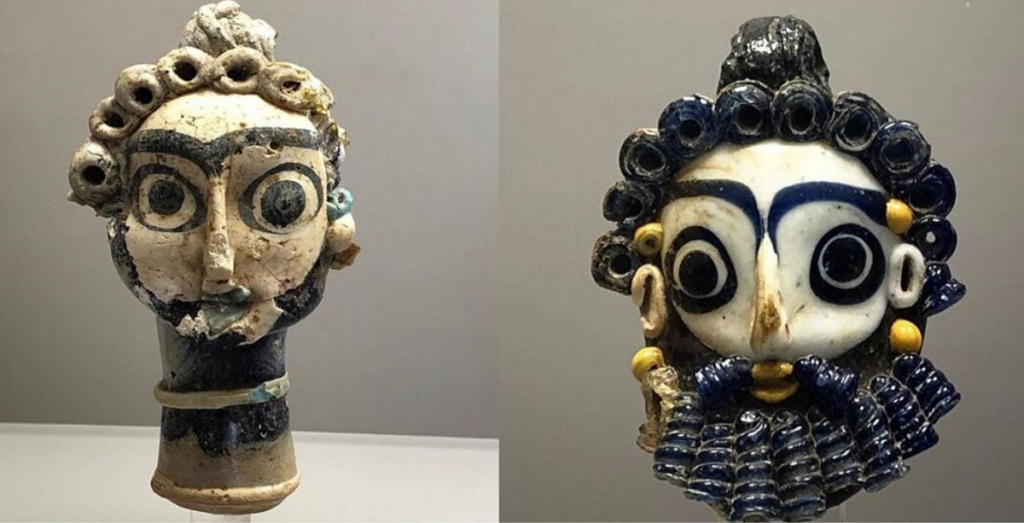
BRONZE AGE SHLOMOS
An old oddity of mine is that books, no matter their quality (and this one is actually pretty good), draw me into their world where I then remain to linger for a while.
Reading a Chinese novel at the age of 14, I immediately developed an enthusiasm for all things Chinese that lasted for about six months. Reading the novels of Rose Wilder Lane, I became passionate about all things pioneer. What can’t be cured, must be endured!
And so, right now, I am slightly under the influence of Bronze Age Mindset. For a review, you can go here. Written by Bronze Age Pervert (BAP), like Venner’s Handbook, this is a paean to the heroism and beauty of our spear-wielding, shield-bearing Bronze Age forefathers and a poetic praise to an aesthetic vision of manliness.
Yet reading the book and thinking about it, my exhilarating inner symphony of Homeric courage and Alcibiadean adventure would switch at times to a more melancholy key: Can I, a Jew of Eastern European origins, share in the Hellenic bacchanal? After all, nobody in their right mind would mistake Chuck Schumer or Woody Allen for members of the host of Achilles.
But then again, why let a few bad apples spoil an otherwise handsome bunch? Let’s go back in time a bit.
Leaving Israel aside, which is home to many a Chad Jew, let’s revisit the Jewish shtetl of the 19th century. The majority of the world’s Jews alive today can trace their origins to that lost world, divided back then between Austria and Russia.
At first, it wouldn’t seem obvious to find beauty in the shtetl. But there was much of it nonetheless. Perhaps not the beauty of daring pirates, but the parochial peace and self-containment of the English midlands, or the hobbits of the Shire. Much of this echoes still through the Orthodox communities in America, Europe and Israel. As they were then, so they are now – parochial, self-contained, and maintaining the old attachments of family, congregation, and nation.
Look at this, it’s pretty sweet. And women are nowhere to be found, isn’t that nice too? Imagine the honest friendships and sincere male bonding that are forged as a result. And the clothes are not too bad either. Isn’t it nicer to wear a suit and a pretty hat than constantly appearing as if you’re coming out of the shower in flip-flops and cargo pants?
But I digress! This is a post about the Bronze Age, not Fiddler on the Roof.
True Bronze Age glory aesthetic is inherent in the founding myths and texts of Judaism, that ancient faith revealed to Moses more than 3000 years ago in the ancient East. How so? Remember: The ancient East was a very ugly place. Look at surviving reliefs and figurines from old Assyria, Egypt, and Canaan. The dominant aesthetic is that of men with grotesque piercings, loads of jewels, and unnatural hair. The natural male physique is covered and distorted by alien additions. Xerxes from 300, while cartoonish, represents this type of aesthetic.

The local gods themselves were a Lovecraftian pantheon of strange half-humans, half-beasts. You see figurines with abnormally large breasts and strange limbs, and reliefs featuring all sorts of chimera creatures from Hades. Human sacrifice was widespread, with gods like Ba’al ravenously demanding their many pounds of flesh.


And then somehow a local cult rebelled against the ugliness and human sacrifice. Whether this cult had formed in the desert or splintered off of the dominant Canaanite culture, is irrelevant. The formative law of the new Judaic cult was aesthetic in nature and amounted to a rejection of the unnatural and subhuman.
Revisit Leviticus 19. God instructs His newly chosen people on how to be holy. Several of the commandments, perhaps surprisingly, pertain to outward appearances.
“Neither shall a garment mingled of linen and woolen [shaatnez] come upon thee.” Meaning, dress simply, reject weird clothes.
“Ye shall not round the corners of your heads, neither shalt thou mar the corners of thy beard.” Don’t do weird shit with your hair! Be normal!
“Ye shall not make any cuttings in your flesh for the dead, nor print any marks upon you.” This is an interesting one and refers to what was most likely a common practice of self-mutilation by scarification.

And of course, get rid of those blasphemous disfigured gods: “Turn ye not unto idols, nor make to yourselves molten gods: I am the Lord your God.”
Shortly following the revelation of this set of rules, the Bible continues with the tale of Joshua’s conquests, the Hebrew version of the Illiad. Like the Illiad, Joshua’s great invasion lacks a conventional moral sentiment. It is a song of ruthless destruction, fire, and magic. Like Homer’s gods infusing passion within the hearts of their heroes, God encourages Joshua to carry on and complete the mission. “Be strong and brave!”
Joshua’s conquests are the culmination of the Hebraic challenge to the debased aesthetic of the Near East. The Joshuan host destroys the Canaanite cities of strange, deformed idols, scarred bodies, and grotesque human sacrifice. Instead of that blasphemous aesthetic it installs man as a being made in the image of God, and God Himself as an endless and good spirit, not a human-beast chimera.
Hence, at the dawn of Judaism, there shines an almost Hellenic light of physical purity and a beauty of might and adventure.
Follow us on Twitter!
And sign up for updates here!